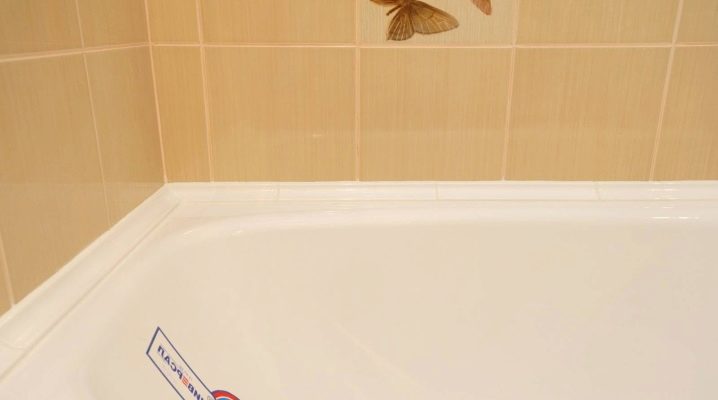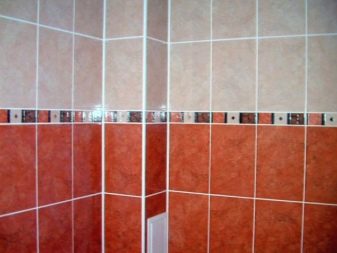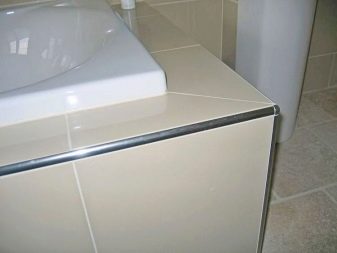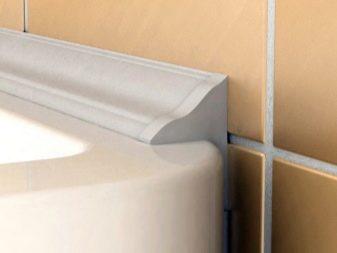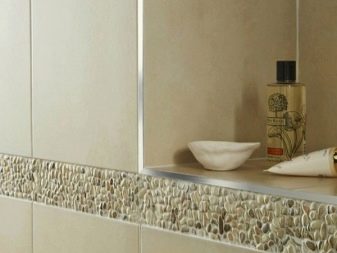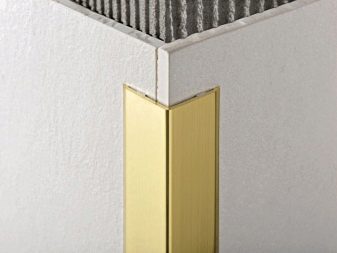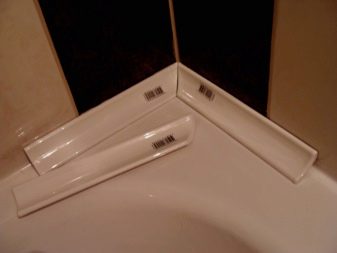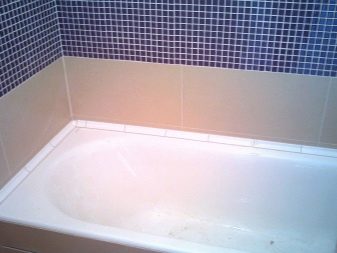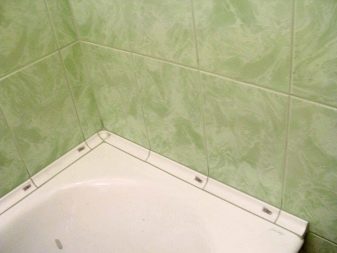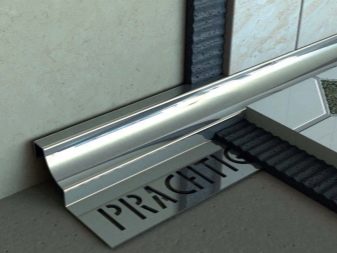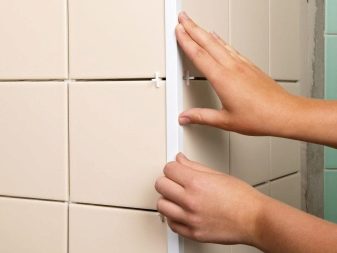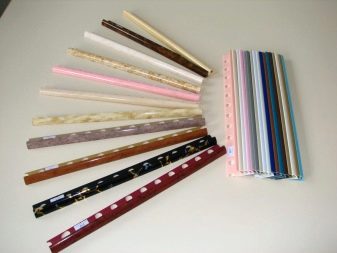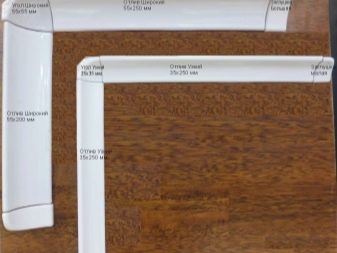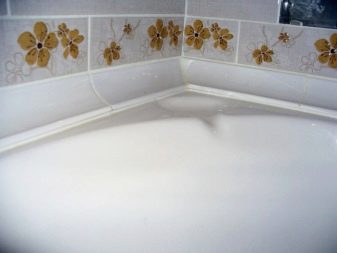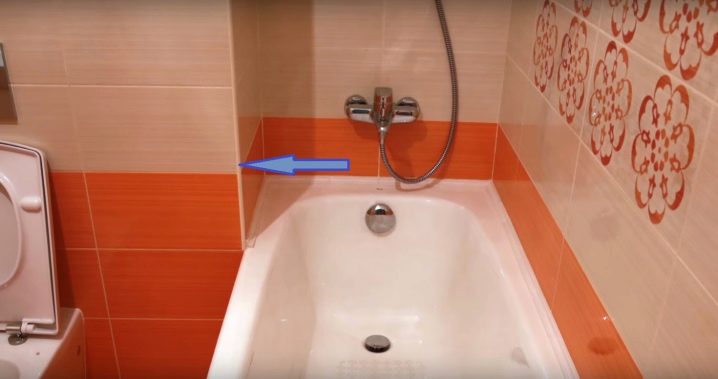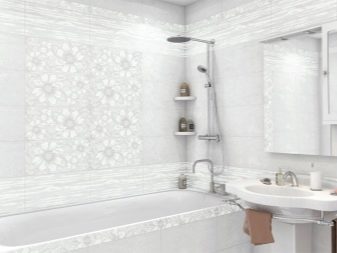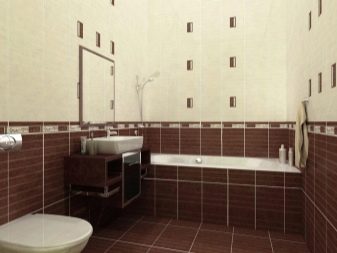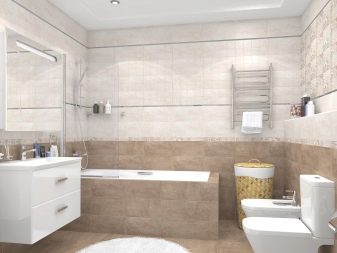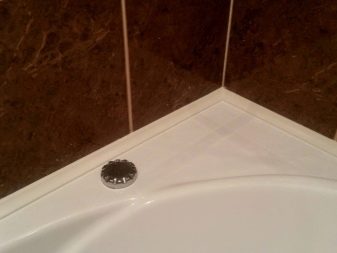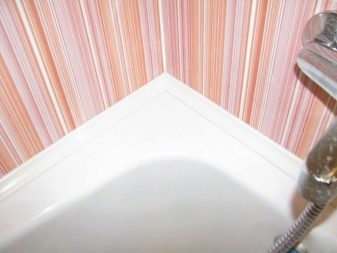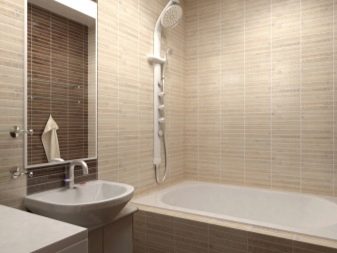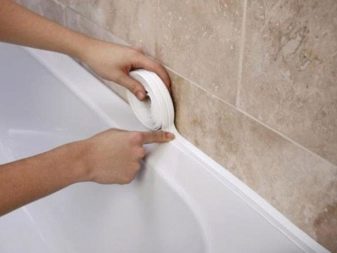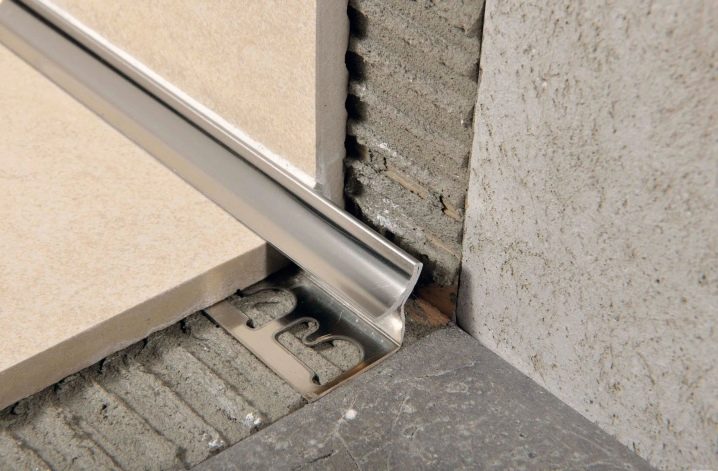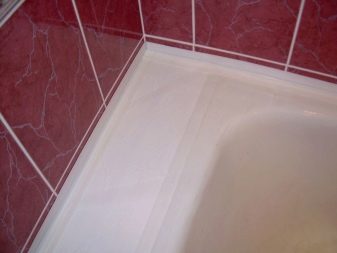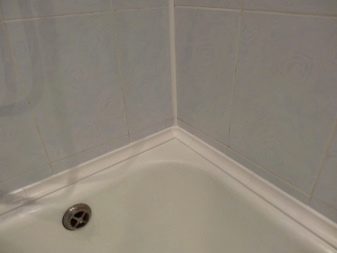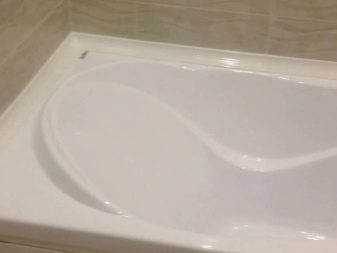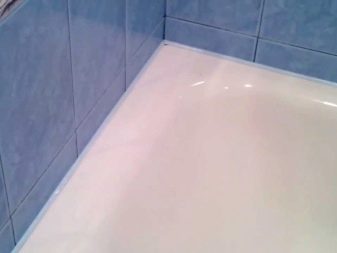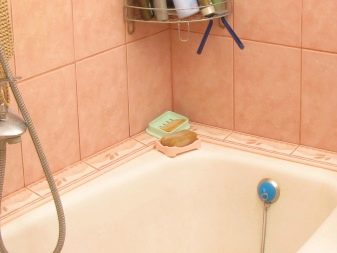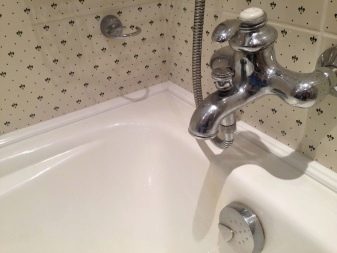Corners for a tile in a bathroom: types and tips for choosing
Repair of the bathroom involves the use of special finishing materials and accessories. Stylish high-quality and well-designed tiles - an important component of a practical and effective design. To design looked neat, use special corners for the tile in the bathroom. These elements play both aesthetic and functional tasks. Tiled corners extend the life of the finishing material and improve the appearance of the room.
Special features
Decorative corners are used during the final stage of repair.
The main destination of the corners:
- give the final appearance of the decoration;
- neat and stylish decoration of the joints of tiles and plumbing, especially when it comes to difficult areas of the room;
- application in the process of changing the finish or upon completion of the repair.
Depending on the form, experts distinguish two types of corners.
- External. Use for registration of a convex angle. The main purpose - wall decoration. At the expense of them you can simply and practically cut off the sharp parts.
- Internal. They are chosen when you need to arrange a concave (inner) corner. If it is necessary to level the surface between the tile and the bathroom or arrange the corner, choose the corners of this type.
From a design point of view, the corners can be divided into two groups:
- Decorative. In the process of making these elements, special attention is given to the appearance of the product. They may have a different color and shape depending on the style. Ceramics or PVC are most often used as materials for manufacturing.
- Functional. This is the main group of corners on the market today. They are characterized by increased reliability, stability and practicality.
Materials
Manufacturers for the production of corners use a variety of materials. Each of them has its own performance characteristics.
Metallic
Aluminum products designers call the best choice for most stylistic areas. Lightweight and durable metal perfectly harmonizes with sanitary ware, bathroom furniture and an extensive color palette. Elements of this type are ideal for working with outdoor tiles.
In terms of strength and hardness, the leading positions are occupied by corners of stainless material. Due to its special properties, it is ideal for use in rooms with high humidity. As a rule, they are made in gold or silver color. Often there are options covered with brass, chrome and nickel.
Chrome elements - the perfect choice for high-tech style hi-tech.
PVC (plastic)
Products differ in lightweight and special flexibility. Are made in various color scale. Can be used on any of the gluing steps. For the price it is the most profitable option, therefore, common.
Ceramics
Ceramic models attract attention with an expressive appearance. They stand out from the rest of the decorative, patterns and expressiveness. If the bathroom has been tiled, the ceramic corners are perfect.
Advantages and disadvantages
Before using the above elements, you should be familiar with the advantages and disadvantages of this product.
Pros:
- due to reliable adhesion at the corners, the strength index of the walls increases;
- tile installation work becomes easier due to the absence of the need to trim the material;
- decorative design acquires accuracy and refinement;
- increased safety - additional elements overlap sharp parts that may cause injury;
- protection against mold and mildew tile joint;
- the level of resistance of the tile to moisture increases;
- in the process of cutting tiles decreases the percentage of chips.
Due to the above advantages, structural elements are the best option for carrying out repairs in the bathroom. They have a positive effect on the appearance of the room, facilitate the workflow and improve the performance of the finishing material.
Certain deficiencies in the details are also available.
They are related to the materials used in the manufacture and some other aspects:
- The corners of white plastic after a certain time begin to lose their former whiteness, acquiring a yellow tint. Designers recommend, if possible, to use color or dark elements.
- If in the process of laying a plastic profile there is a small gap, moisture will accumulate in it.
- Installation of ceramic products is complex. In the process, you must be as careful as possible so as not to damage the product.
- To keep chrome corners shine and shine for a long life, do not install them on a surface that you will often touch.
- Ideal evenness is necessary when mounting metal corners, since it will be impossible to fix this afterwards.
Terms of use
Specialists from the field of repair and design have made a number of simple rules, adhering to which, you will achieve excellent results in the repair.
For a satisfactory result, you should adhere to the following rules:
- The installation process must begin from the angle that assumes the main attention when visiting the room.
- When calculating, consider the ceiling, curb and complex structural elements, if any.The obtained data will exclude trimming of additional details during operation.
- If there are difficulties with the choice of color of elements, it is recommended to make a choice in favor of a neutral metal product.
- Consider the dimensions of the corners. Options from plastic and ceramics should be about 2-3 millimeters thicker than a tile. This is a guarantee of reliable fixation.
The process of installing an external profile
The use of an external element gives the protruding part in the area of the interface durability and strength.
Phased installation:
- measure the required size and cut off;
- we put an element to a corner;
- place the tile in both channels of the corner and make the appropriate marks;
- the area of the corner installation is treated with an adhesive and we place the element in accordance with the marks;
- using a special spatula with teeth, smear the glue on the tile and place the finishing material in the slots;
- firmly press the corner with the tile against the wall;
- we clean the surface from particles of glue and carefully wipe the tile dry;
- using masking tape, fix the element and tile for a day until the adhesive composition is completely cured.
Place the inner element
For facing the inner corner location of the room, suitable corners are used. For their production, various raw materials are used: metal, ceramics, PVC profile.
Basics of installation:
- we apply special glue on a plate;
- we process the same part of the wall where the inner element will be installed;
- place the item;
- Place the finishing material in the corner channel and glue it;
- to facilitate the process of laying, it is recommended to use a construction cross - it will help to draw a smooth and neat gap between the tiles;
- then place a corner in the channel and glue the second tile;
- after 24 hours grouting is carried out to improve the decorative properties.
Tips
When working with plastic elements, professionals recommend using a silicone sealant or glue that is resistant to moisture and moisture. Find such compounds in the hardware store is not difficult. If the bathroom is almost always at a high temperature and humidity, make a choice in favor of the corner with a rubber gasket. It will provide excellent sealing throughout its life.
The possibilities of using elements directly depend on their appearance. If you want to improve the interior, then plastic profiles will do the job perfectly. Ceramic corners will help to give the interior a note of nobility, refinement and make it more presentable. Brass profile is ideal for retro style rooms.
The reception of contrast, which is actively used in the field of room decoration, can be implemented using the corners of various colors and shades. This effect can be part of the classical or modern stylistic direction.
Corners for tiles in the bathroom - an important component of the repair, affecting the appearance of the room and having a practical value. Their use provides both advantages and disadvantages, but if you choose and install the element correctly, you will not encounter problems. After analyzing the above information, you can make the right choice and decide on their rich diversity.
The process of laying the profile is not particularly difficult, especially when it comes to plastic and metal corners, but if you doubt your strength, ask for the help of qualified craftsmen.
On what types of corners for the tile in the bathroom, see the following video.
